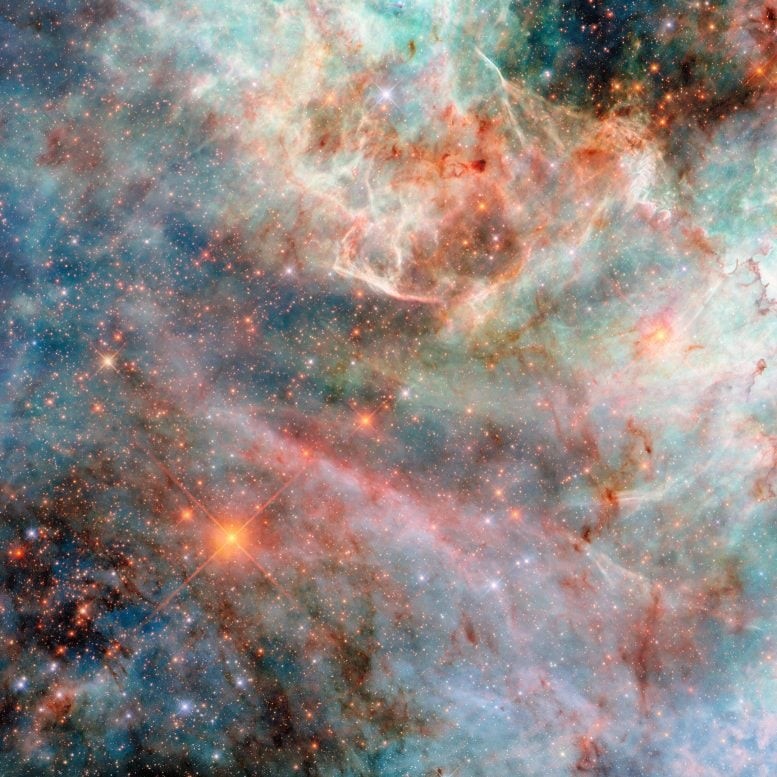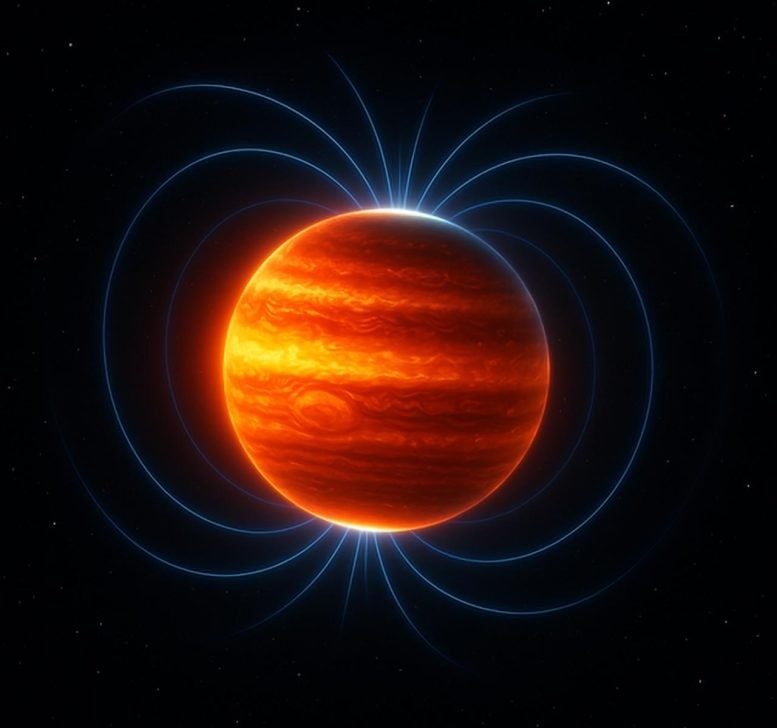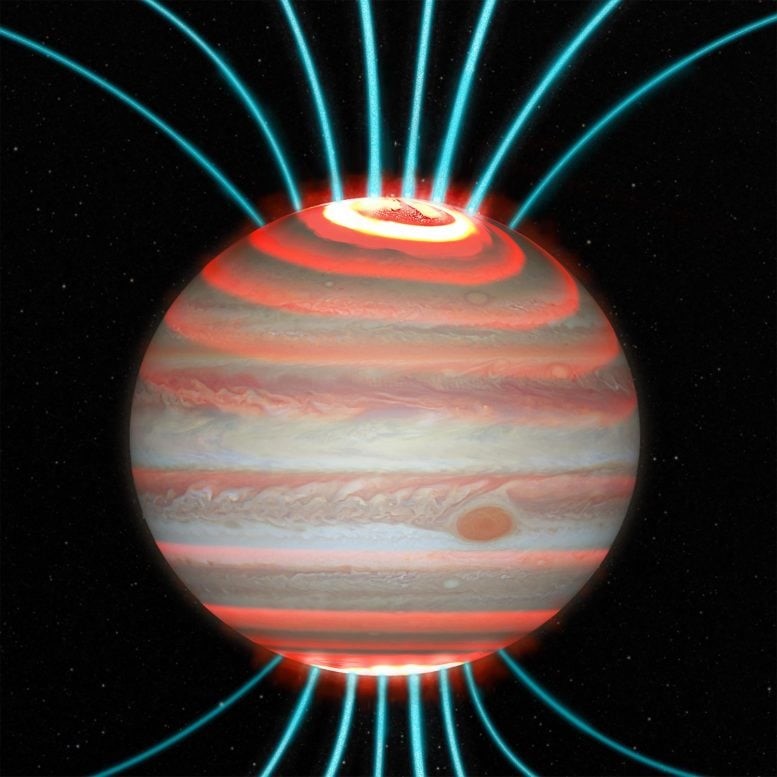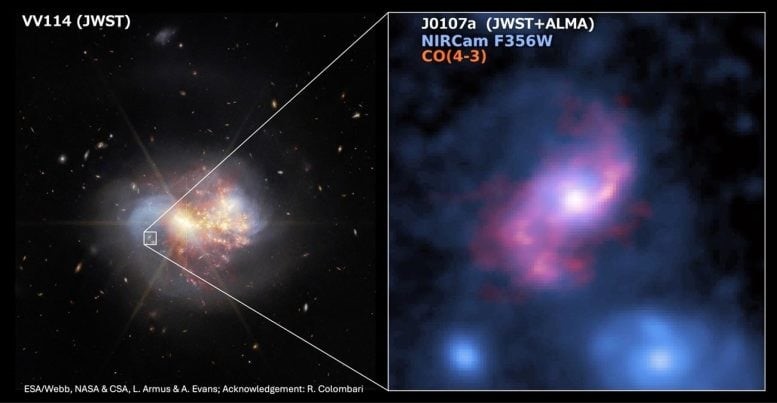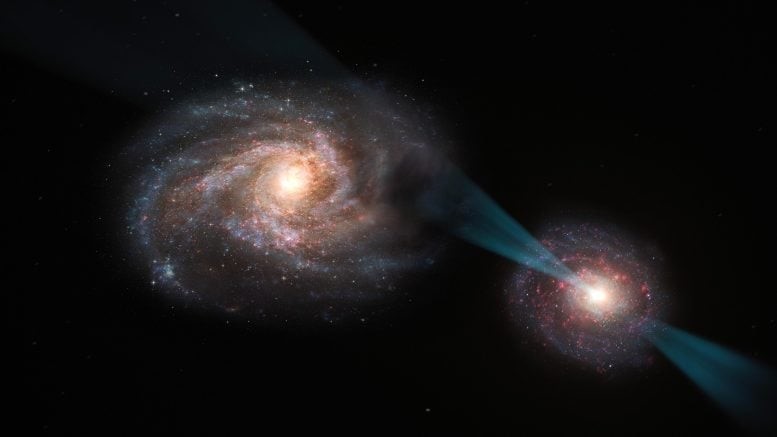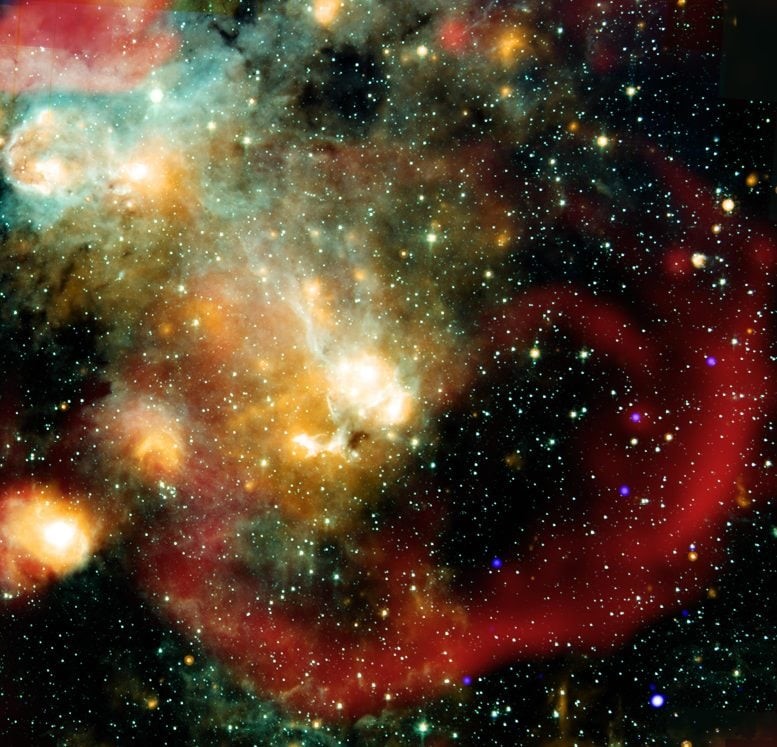Galaxy Clusters Should Be Cold – XRISM Just Discovered Why They Aren’t
Galaxy Clusters Stay Hot Despite Cooling X-rays: XRISM Sheds Light on Cosmic Mystery
Using the XRISM satellite, scientists have made a key breakthrough in understanding why galaxy clusters remain hot, despite steadily losing energy through X-ray emissions—a puzzle known as the "cooling flow problem."
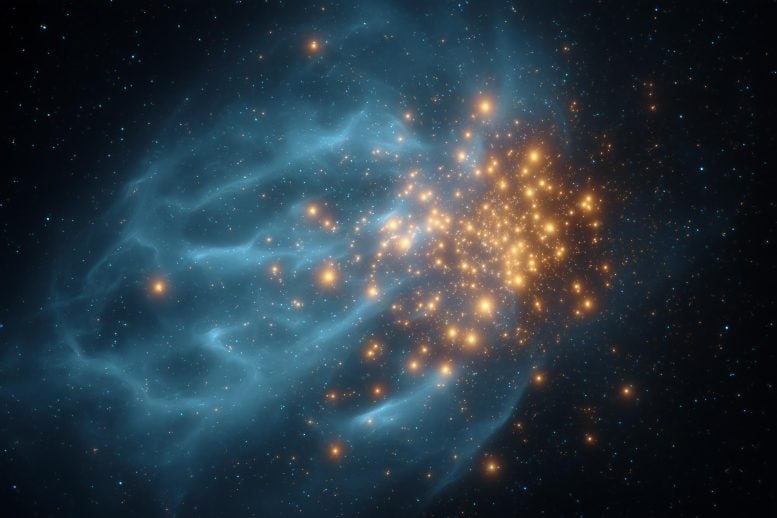
Figure 1. Why Galaxy Clusters Stay Hot: XRISM Uncovers the Hidden Heat Source.
Focusing on the Centaurus cluster, located about 150 million light-years away, researchers from XRISM’s science team, including scientists from Nagoya University, observed a surprising feature at the cluster’s core: a fast-moving stream of superheated gas. This turbulent flow appears to inject energy back into the system, effectively reheating it and offsetting the cooling caused by X-ray radiation. Figure 1 shows Why Galaxy Clusters Stay Hot: XRISM Uncovers the Hidden Heat Source.
Their findings, published in Nature, may finally explain why these massive cosmic structures don’t cool as expected, resolving a decades-old astronomical mystery.
A Mismatch Between Cooling and Star Formation
Galaxy clusters—vast assemblies containing hundreds of galaxies—are the largest known structures in the universe. They serve as key laboratories for studying how galaxies form, evolve, and interact across cosmic time.
Surrounding these clusters are immense halos of dark matter that draw in superheated gas from intergalactic space. As this gas falls inward, it emits X-rays, similar to steam rising from boiling water. This process should naturally lead to cooling. As the gas cools, it’s expected to condense and trigger star formation in the cluster’s core.
But there’s a disconnect: star formation in these cores falls far short of expectations, and the gas remains surprisingly hot. Something is counteracting the cooling process—and until now, its identity remained a mystery.
XRISM’s Breakthrough Discovery
To unravel the mystery, scientists turned their attention to the Centaurus cluster, using XRISM’s advanced instrument, Resolve. This state-of-the-art tool can accurately measure both the motion and temperature of X-ray-emitting gas.
What they discovered was striking: a clear, rapid flow of high-temperature gas streaming through the cluster’s core. This dynamic “sloshing” motion acts like a cosmic stirrer, spreading energy throughout the cluster and preventing it from cooling. This finding provides strong evidence that internal gas motion plays a key role in sustaining the cluster’s heat.
Energy Transfer Through Gentle Stirring
“We found little turbulence in the high-temperature gas of the galaxy cluster,” explained Professor Kazuhiro Nakazawa. “What’s preventing the cooling appears to be a gentle ‘stirring’ of the gas—energy being transferred from outer regions to the center, which helps maintain the cluster’s high temperature.”
These motions, known as gas sloshing, are thought to result from past mergers between galaxy clusters. Computer simulations suggest that as clusters collide and merge during their growth, the resulting shifts in gravitational forces cause the hot gas to swirl and redistribute energy across the cluster.
Unlocking Cosmic Evolution
“High-precision spectroscopy will also allow us to better understand how galaxy clusters, some of the most massive structures in the universe, grow and change over time,” Nakazawa added. “This deepens not only our knowledge of clusters themselves, but also of the formation and evolution of the universe’s large-scale structure.”
Source: SciTECHDaily
Cite this article:
Priyadharshini S (2025), Galaxy Clusters Should Be Cold – XRISM Just Discovered Why They Aren’t, AnaTechMaz, pp.365



